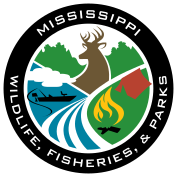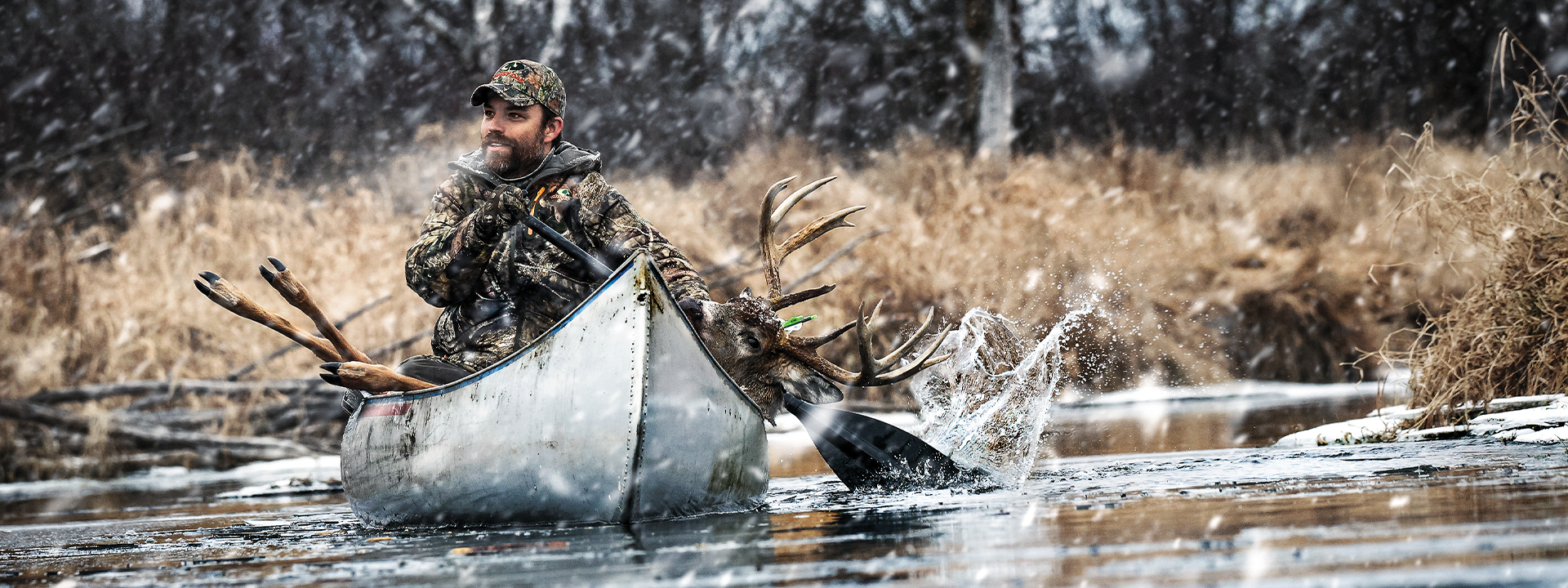

By Jim Beaugez
A successful deer hunt often comes down to creating a competitive advantage—one that makes the hunter more adept than the prey. While many hunters gear up with just the essentials—camouflage from head to toe, a reliable firearm, and a promising hunting location—others go to greater lengths to secure their quarry. For these dedicated hunters, traversing both land and waterways can provide unparalleled access to prime hunting spots, especially in Mississippi’s rich hunting landscape.
Among Mississippi’s public hunting grounds, waterways play a pivotal role in offering accessible hunting areas. With locations such as the Canal Section Wildlife Management Area (WMA) along the Tennessee-Tombigbee Waterway, the Phil Bryant WMA Goose Lake Unit near the Sunflower Diversion Canal, and the Pascagoula River WMA, both motorized and human-powered boats are becoming increasingly popular for navigating to hard-to-reach locations.
“There are plenty of roads to walk, but they often take much longer than using a boat to access remote areas,” explains Chad Masley, WMA coordinator for the Mississippi Department of Wildlife, Fisheries, and Parks (MDWFP). “While driving in may require a lengthy hike to your location, launching a boat allows you to reach your hunting site within a few hundred yards.”
Accessing isolated hunting spots serves two essential purposes. First, it deters casual hunters who prefer easier access. The more difficult the location, the slimmer the chance that less dedicated hunters will venture there. Second, deer in these secluded areas experience less human pressure, making them more likely to be active during legal shooting hours.
For Land Smathers, the journey to these remote spots is a key part of the thrill. He regularly visits northeastern Mississippi’s prairies, hills, and wetlands, utilizing boats to access areas unreachable by foot. Often, he brings a kayak on his 15-foot aluminum skiff to reach sections of public land that are otherwise isolated. He deftly navigates past private plots to dock his boat and paddle into a favorite natural funnel.
“One particular cypress tree has become my go-to spot. I tie my kayak there and, equipped with hip boots, I set up to hunt right below it,” says Smathers. “That spot has yielded me three bucks over the years since I discovered it.”
Austin Prestage, a regional biologist with MDWFP, notes that boat access is especially beneficial at the Canal Section WMA, where hunting locations often align with riverbanks and dense growth that provides ample cover for deer. “Along the old Tombigbee River, there’s a solid trail about 10 to 15 feet off the riverbank frequented by deer,” he says.
However, adding boats to the hunting equation requires careful planning and discipline. Navigating interior waterways can be tricky, with hidden dangers like stumps, sandbars, and floating debris that can damage motors and disrupt hunting. Awareness of the changing water conditions—especially after heavy rains—is essential for safety.
“When hunting in flooded areas, remain vigilant for floating debris,” advises Jared Salter, a hunter along Pascagoula River bayous. “High water can carry hidden hazards just below the surface.”
Salter prefers a narrow, flat-bottom boat with both an outboard and trolling motor, allowing him to maneuver through tight spots. He’s experienced mishaps, including two memorable incidents involving submerged logs that nearly ejected him from his skiff.
Smathers also knows the risks that come with water-based hunts. Once, after capsizing his kayak in icy waters miles from his vehicle, he managed to start a fire on a sandbar with emergency materials, slowly warming himself as his clothes dried.
“When things go wrong, they can escalate quickly,” he warns. “Cold water is daunting, and equipment can easily get washed away, emphasizing the importance of preparation.”
To enhance safety, hunters should wear waders only after reaching their destination, as they can fill with water rapidly. A sit-on-top kayak is generally safer than an enclosed model in the event of capsizing, and waterproof gun cases keep firearms dry during transport. Additionally, having extra spark plugs and tools ready for minor engine repairs can save the day.
While using boats can significantly enhance deer hunting experiences, Masley emphasizes the importance of adhering to all boating regulations. “Always follow safety guidelines—life jackets are essential, and you must have the right permits,” he notes. “Using a phone app for WMA check-in simplifies the process, but remember, the water rules still apply.”
In conclusion, boating on hunting trips can lead to unique experiences and hunting success. With the right planning and precautions, hunters can access remote areas that are often overlooked, elevating their hunt and increasing their chances of success.
Jim Beaugez is a freelance writer for Mississippi Outdoors.